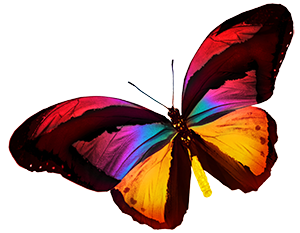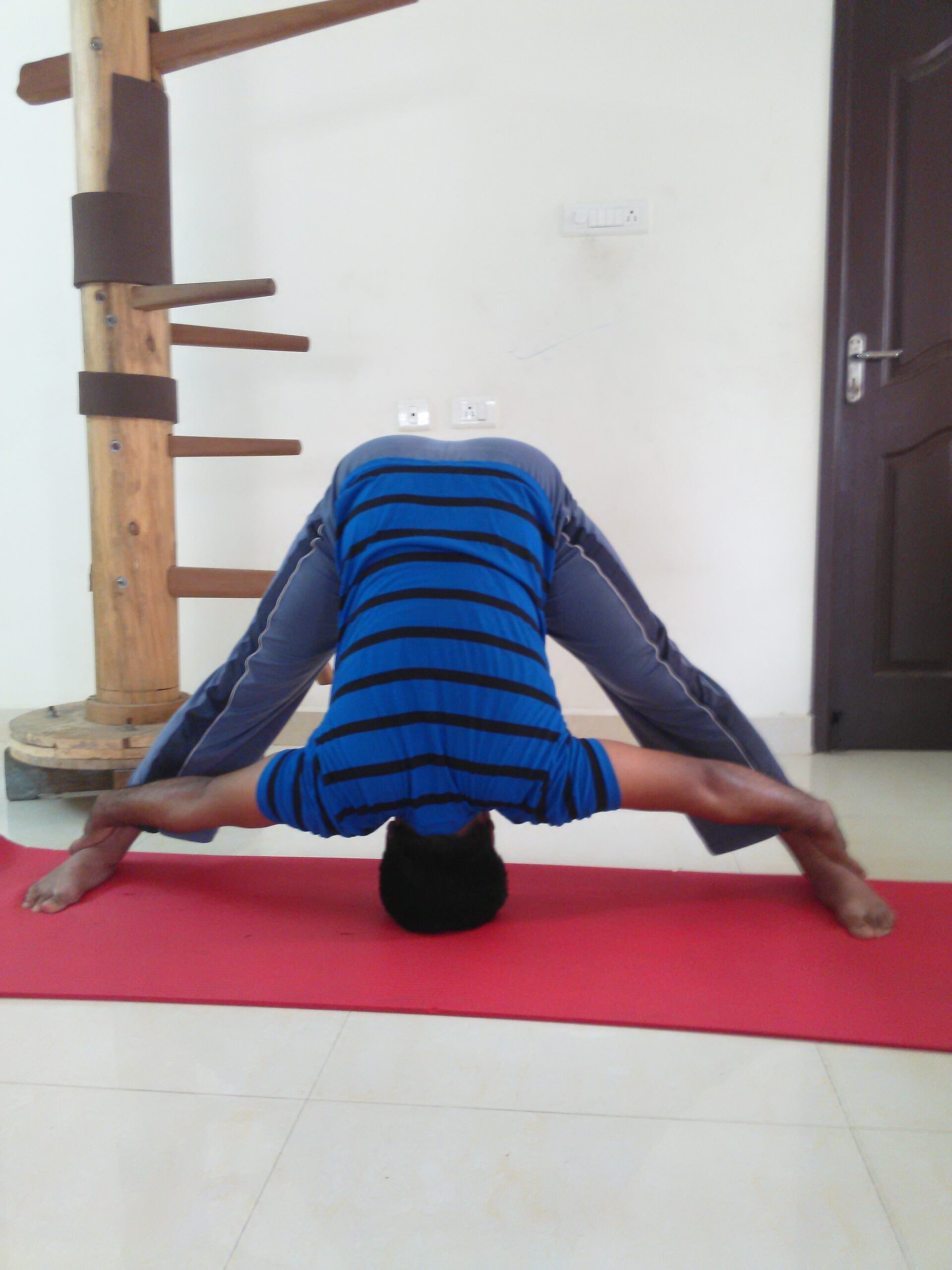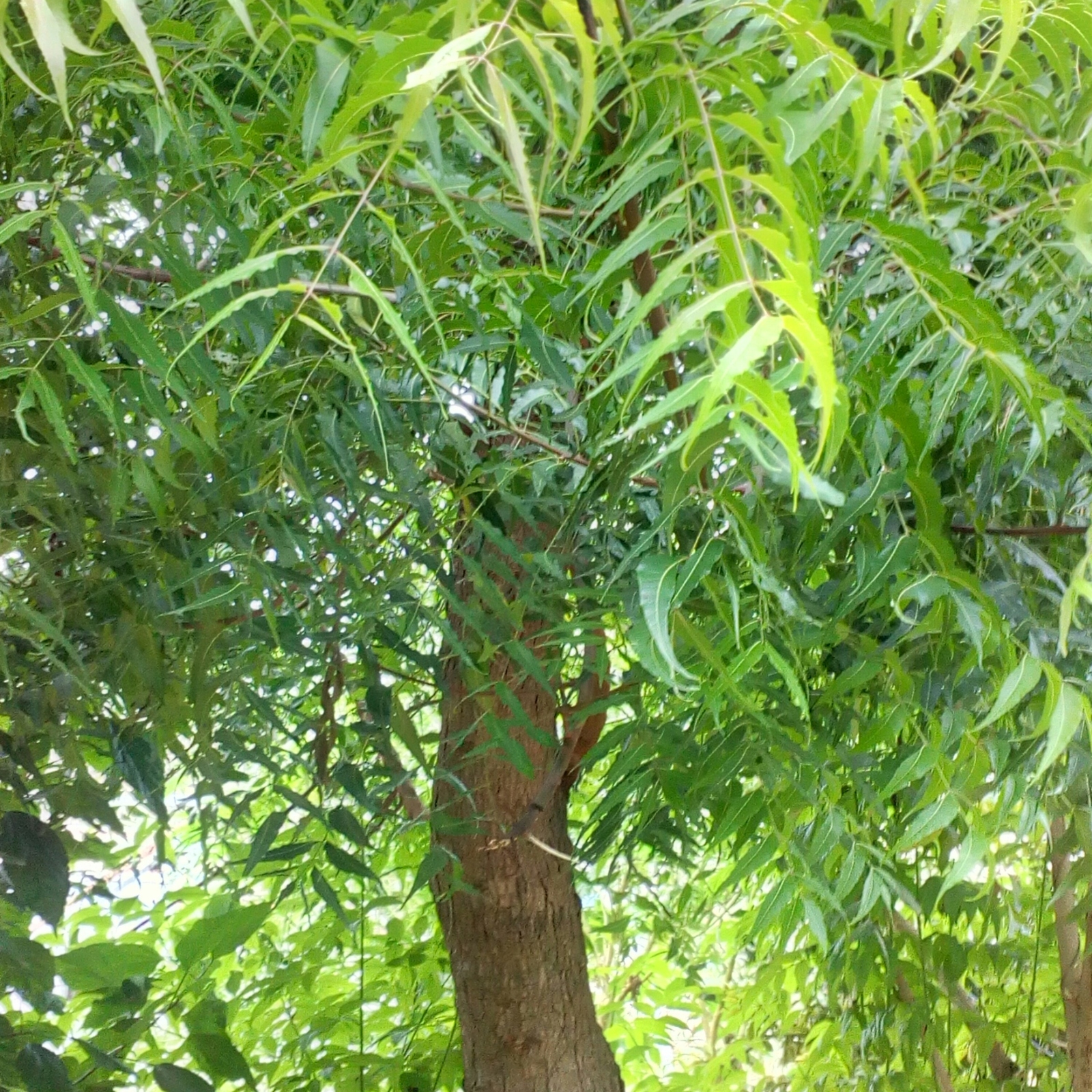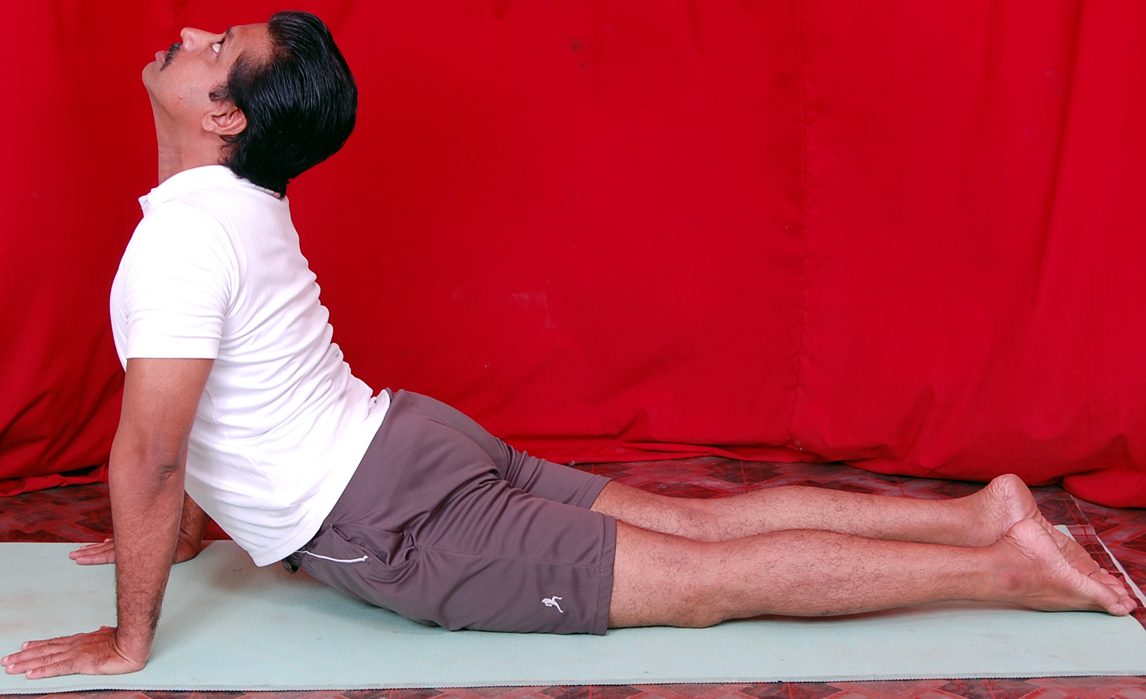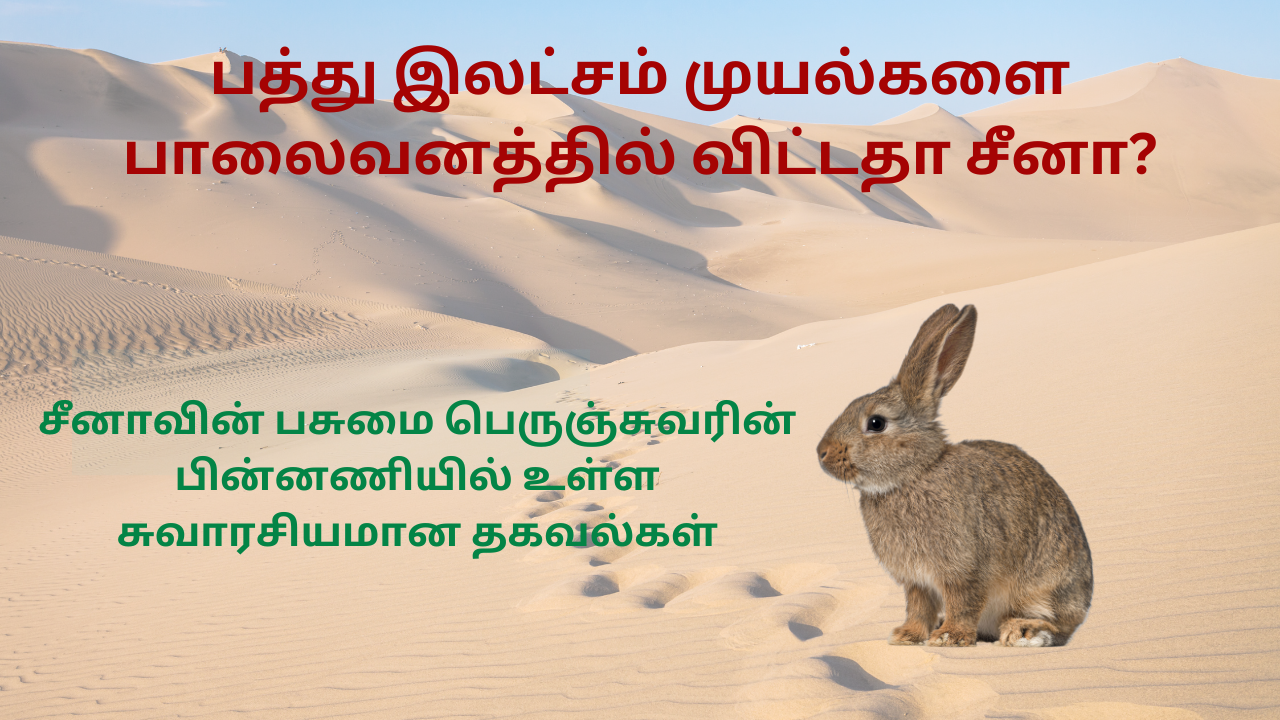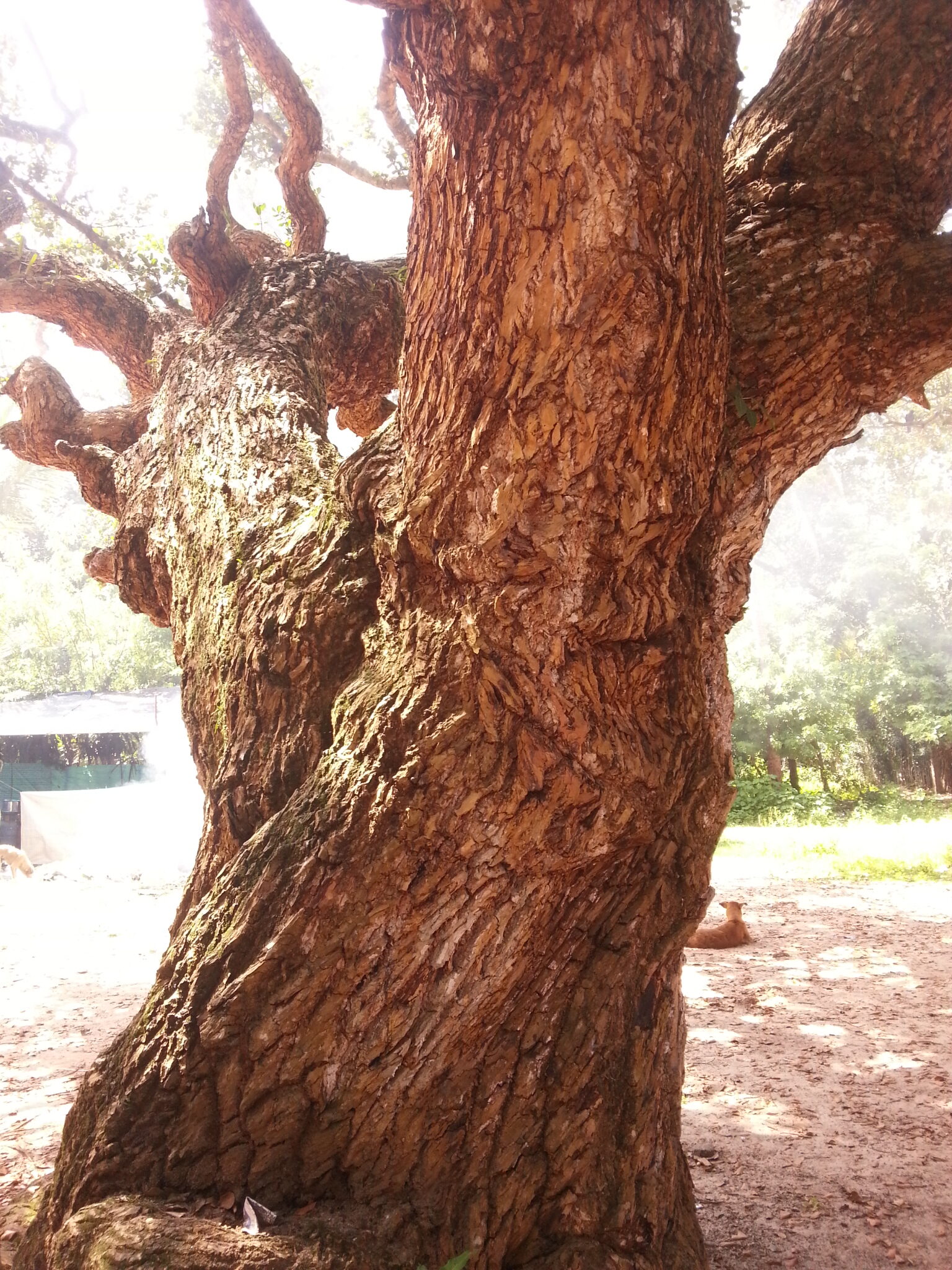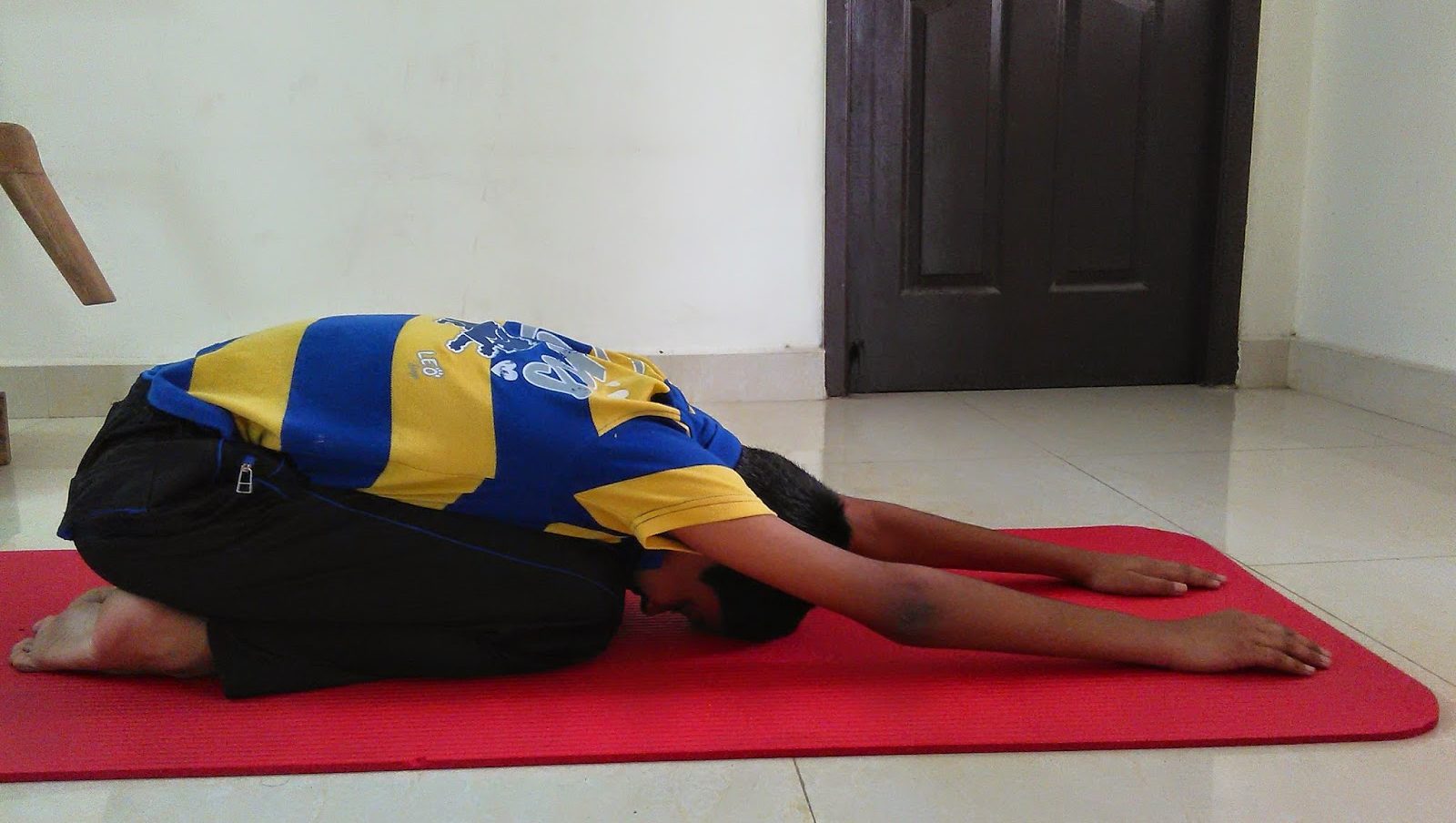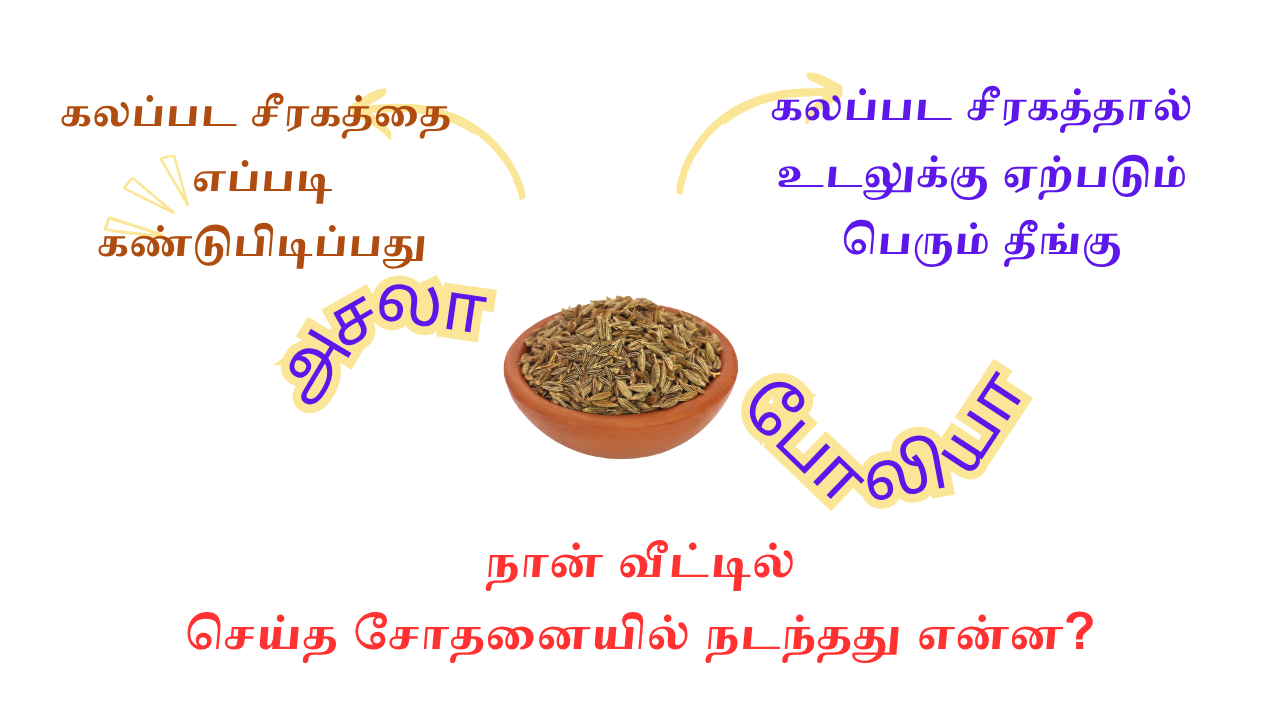Out of the forward bending poses we have seen so far, Wide-Legged Forward Bend is slightly different. Sanskrit terms ‘Prasarita’ means ‘extending outwards’, ‘pada’ means ‘foot’, ‘ut’ means ‘energy’ and ‘tan’ means ‘extending’. Hence, the pose is termed Wide-Legged Forward Bend.
The pose is performed by extending the legs wide and placing the head on the floor.
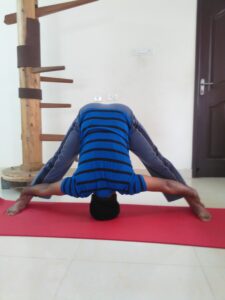
In Wide-Legged Forward Bend Pose, the legs are well apart from each other and the hands either hold the feet or placed on the floor between the legs and the head in placed on the floor between the hands. Those who find it difficult to place their head on the floor can place their hands on the floor and leave the head to hang downwards. In case of difficulty in placing the palms on the floor, practitioner can hold their legs.
Wide-Legged Forward Pose energizes the body. It stretches and strengthens the legs. The pose improves flexibility of hips. It strengthens the hips and promotes optimum performance. The forward bend causes stretching of spine and improves blood flow to brain and boosts brain power.
Other Benefits of Wide-Legged Forward Bend
- Wide-Legged Forward Bend stretches and strengthens the spine.
- It improves brain performance.
- The pose promotes hip flexibility and strengthens hips.
- Regular practice of the pose aids in strengthening leg muscles.
- The pose improves digestion.
- Wide-Legged Forward Bend cures headache.
- It is an effective yoga pose for insomnia.
- The pose relieves low back pain.
- It helps to relieve stress.
Step-by-Step Guide
Let us see how to do Wide-Legged Forward Bend.
- Stand on the mat with your legs 3 to 4 feet apart from each other. The feet should be in one straight line.
- With the feet firmly on the ground, exhale as you bend forward. Bring your hands down and place the palms on the floor under your shoulders. Alternately, you can hold your feet.
- Deepen the pose by bending further down and place your crown on the floor between your hands.
- Hold the pose for 20 seconds. Inhale as you release the pose and come to standing position.
Note
Those with severe pain in low back and knees should refrain from practicing Wide-Legged Forward Bend pose. Those with sinus also should avoid practicing the pose.
Counter Pose: Standing Backbend Bow Pose
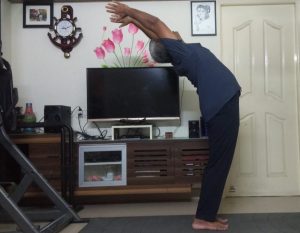
Yoga Pose for Day 7 – Upward Salutation Pose (Urdhva Namaskarasana)
Upward Salutation Pose is a counter pose for Standing Forward Bend Pose. The term ‘Urdhva’ means ‘upward’, ‘namaskara’ means ‘salutation’. This pose is performed by lifting of hands upwards while bending backwards. In forward bends, the front side of the hip is locked as blood circulation increases at the back body. In a backbend,
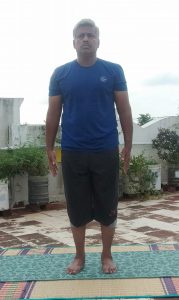
Yoga Pose for Day 6 – Mountain Pose (Tadasana)
A yoga pose gets complete when you perform a counter pose. A forward bend is followed with a backward bend to optimize the benefits to hips. The poses performed so far are forward bends. Now, we will see the counter poses for the first five forward bends.
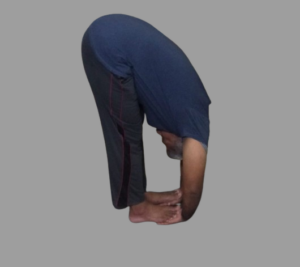
Yoga Pose for Day 4 – Hand Under Foot Pose (Padahastasana)
The term ‘pada’ in Sanskrit means ‘leg’, ‘asta’ means ‘hand’. Padahastasana means binding of hands and legs. Apart from the general benefits associated with forward bending, Hand Under Foot Pose has
